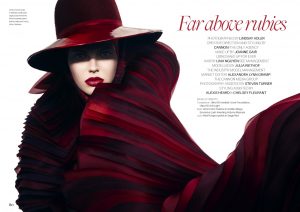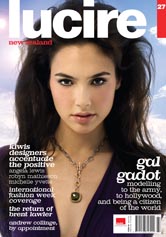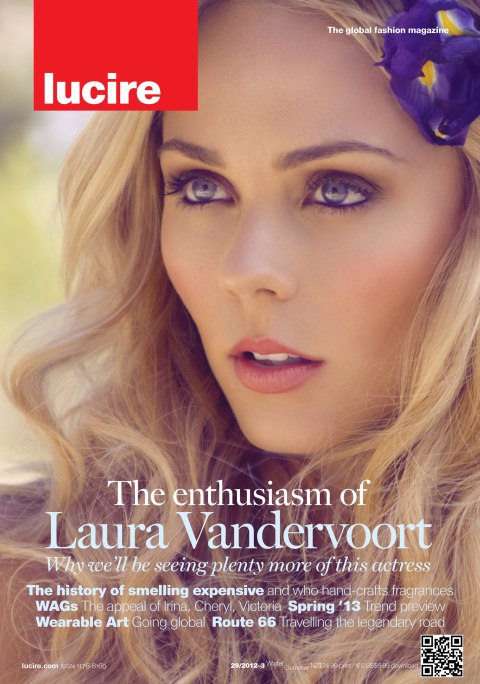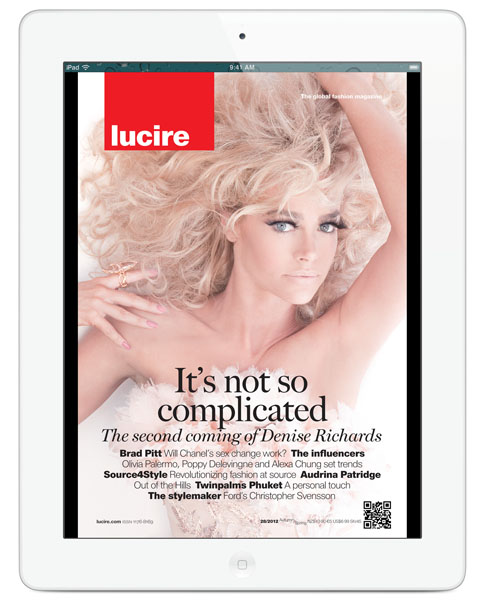
Above Journalist Simone Werle’s Style Diaries: World Fashion from Berlin to Tokyo uncovers the fashion blogosphere and the personalities behind some of the influential blogs. (Click for Amazon.com, Amazon UK and Amazon Deutschland.)
The first time I encountered a fashion blog, I thought it was pretty crap. All its ideals aside, blogging, initially, seemed to be a tool for a wannabe to pretend that he was publishing, without making the investment and commitment the rest of us had. The quality of writing was terrible as were the judgements made. If measured against journalistic standards, it would have failed dismally. It wavered between sensationalism, the writer’s delusion, and the pretense of journalism; not long ago, Wikileaks itself faced, with far more important material, the choice of whether to reveal its sources or act as a member of the media. Lately, with changes in its website’s wording, it has chosen to become the latter, though not before it had done some damage.
Needless to say, I no longer think ill of the blogging world, because there are some genuinely good blogs out there. My thinking changed around 2003, when my colleagues at the Medinge Group persuaded me that the best way to keep our new book, Beyond Branding, up to date, was to post continued updates in blog form, and engage with our readers. And I’ve been blogging at my own space since 2006.
The lesson: blogs are only as good as the people behind them, and, exactly like any other grouping of people, you get good and bad. The best ones, naturally, surface and get noticed; the worst contribute to an overall din.
When it comes to fashion, I believe that we should champion the best ones, because they are written with the same passion and knowledge that professionals have. While some pros still balk at the blogosphere, the only ones who truly need to fear fashion bloggers are those who hide behind mastheads, wary that their own incompetence might get shown up by someone who might know more than they do about the industry.
Usually, my qualm is the fact that some bloggers can get away with posting photography lifted straight from our pages, or those of other publications. But the best ones—those that get big audiences like The Sartorialist—are the bloggers who typically post their own imagery, finding their fashion favourites, and indulge in styling. Originality, as in any endeavour, has its rewards.
The other qualm that I tend to have about blogs is the amount of splogs out there. Go into Google’s Blog Search and you’ll find plenty that occupy the space, at the expense of the legit ones. They automatically take content from other sites and repost. A few have manually stolen content from us—we’ve been chasing up one in the UK, in particular, over the last month. Just as the medium has given a voice to those who deserve it, enriching everyone, it has also been robbed by automation, who have, sadly, found a way to make their tactics pay, thanks to the likes of Google Adsense, which isn’t particularly choosy about who hosts its ads. Spam ruined email, splogs are ruining blogs. Just follow the money.
Media are changing. And it’s not always the media players who drive it. Fashion designers are competing in a tougher space with slimmer margins. Earlier tonight we reported on the closure of New Zealand label Stitch Ministry, an item of news we didn’t expect, but it highlights just how tough things have become. Designers, as with anyone who wants to get noticed, are playing the numbers’ game, asking: who will get me the most readers for what I do? Never mind if they are outside the establishment, let’s court them as well. If the readers are going to blogs, and statistics show that they are in some cases, then let’s meet them where they are. This was the promise of citizen journalism and of media democratization, and these forces have been around for far longer than this century. If a media outlet could not see this happening, then I would have to question seriously its management and competence.
But designers, or anyone in the industry, need to ask one more question, as they should with any medium: is the brand trustworthy? I include the personal brand of the blogger. If the blog has netted a readership through short-term sensationalism, then I would argue that its audience is fickle. If content is king, then they fail on that count, where headlines are king. Similarly, with the publishing houses, one would have to ask whether they occupy different media properly, or are their presences online simply cases of lip service? Mailing lists are compiled but not that often updated, so these calls are made for the medium term.
When Simone Werle wrote her new book, Style Diaries: World Fashion from Berlin to Tokyo, she highlighted some of those bloggers who have solid personal brands, lending them legitimacy. They have built up loyalty with their personalities, so if audiences are truly spending more time on Facebook and social networks, they are more likely to retain them on those networks. Susie Bubble comes to mind—a fellow Hong Kong-born Brit, Susie has great writing, original imagery, and a personal touch. Exactly what her audience wants, and she easily shows that content rules. Rumi Neely’s Fashiontoast is a must-read among some of our younger writers and I’m really impressed by its photography. Some bloggers experiment and bring up styles that perhaps the industry has not tapped into yet: there is less time between a blogger finding a great vintage item and posting it than a designer who finds the same inspiration on the same day and gets her vision on to the catwalk.
However, some are forecasting the demise of blogging. John C. Dvořák has been analysing the numbers and seeing that Facebook and Twitter are on the rise, at the expense of blogging. But perhaps this is a good thing: those who have the passion to blog, just as those who have the passion to write in a magazine, will continue to do so. There isn’t that much that separates us. Those who only ever wanted to share links, get something trivial off their chest or have a vanity site will fade out.
The winners are the readers, who can save time by going to the magazines, websites and blogs that they trust. Provided they can find them in a sea of splogs and content mills, and that must be the internet’s next challenge.—Jack Yan, Publisher








